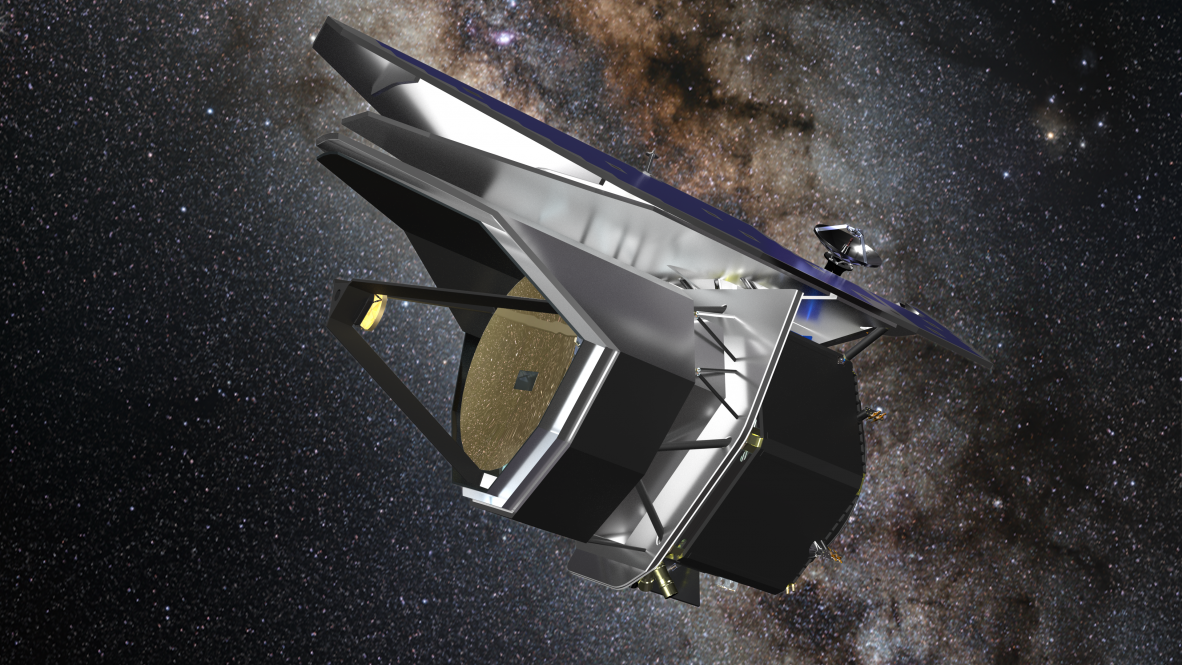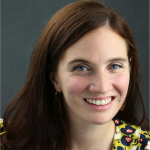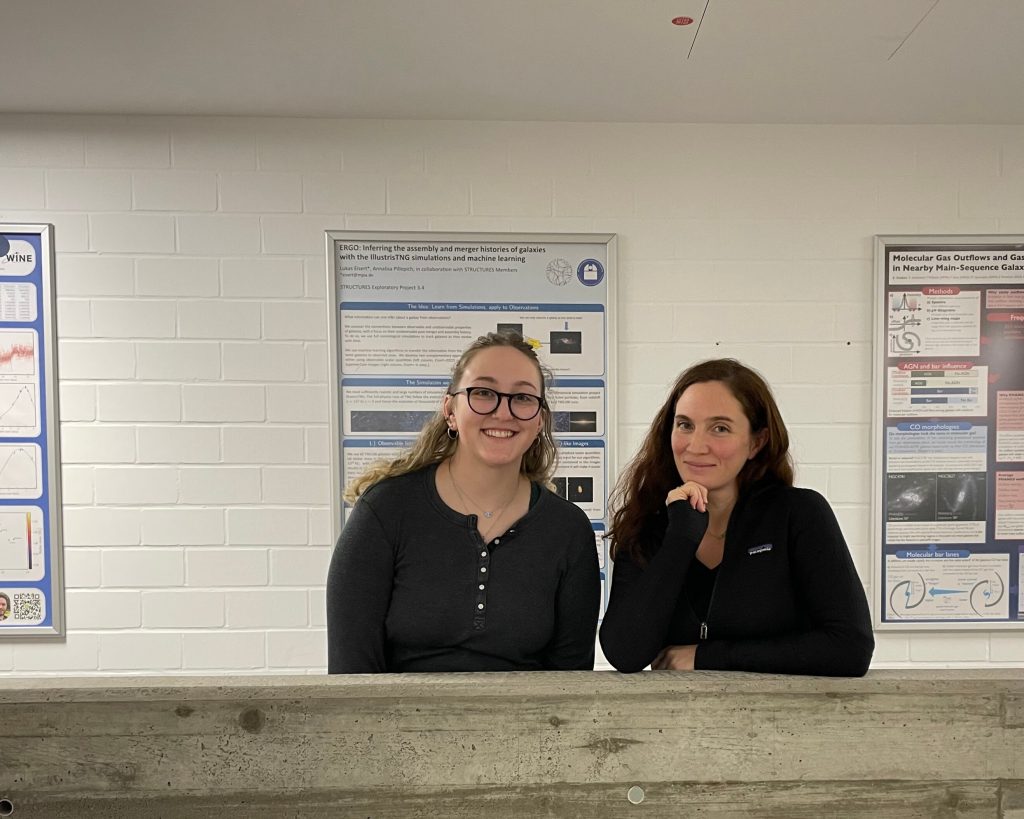UConn astrophysicist Cara Battersby is a leader on NASA-selected interstellar probe team

Concept image of the PRIMA probe in space. (Image Credit: Spacecraft: NASA/JPL-Caltech; Background: ESO/S. Brunier)
Until now, space exploration has been dominated by two categories of missions - flagship missions, like the James Webb and Hubble Space Telescopes, and smaller-scale missions - with little in between.

But a "happy medium" can help fill in the gaps of information gleaned from these two mission types. Recognizing this, NASA's Probe Explorers program recently selected two probe designs to receive $5 million funding for development over the next 12 months. The two designs will then compete to receive $1 billion funding to get off the ground - literally - and launch in 2032.
One of these probe concepts, PRIMA (PRobe far-Infrared Mission for Astrophysics), has been developed by an international team including UConn physics associate professor Cara Battersby, who leads one of the project's key science objectives.
If selected for launch, it will use far-infrared sensing technology to illuminate the secrets of the universe, helping scientists understand our own and surrounding galaxies.
Uncovering Galactic Secrets in Hidden Wavelengths
"This observatory is designed to fill this enormous gap in wavelength coverage between the mid-infrared all the way to the submillimeter," Battersby says.
The James Webb telescope can "see" in the mid-infrared range of electromagnetic radiation, while the ALMA telescope in Chile can "see" in the submillimeter range. Everything in between is known as the "far infrared" range. This frequency of radiation isn't visible to the human eye, or even from Earth itself, Battersby points out.
"The Earth's atmosphere completely absorbs this wavelength of light that comes from interstellar space - distant galaxies, forming planets," she says. "So there's really no existing or planned telescope that can cover this wavelength gap. The fact that NASA is supporting the next phase for this mission is really exciting, and the science that it enables it is breathtaking."
In space, PRIMA would use this wavelength range to understand the time period between "cosmic dawn" and "cosmic noon," which encompasses the first era of galaxy formation and the peak of cosmic star formation in the universe. It would also uncover new data to explain how planets and their atmospheres develop. Battersby herself is leading the star and planet formation group on the PRIMA team.
In other words, PRIMA would provide the entire astronomy community with critical insights from this key wavelength range that can help us understand our cosmic origins: from the formation of stars and planets to the buildup of elements and the evolution of galaxies over cosmic time.
Battersby compares the current state of astrophysics to looking at a crowd of people and attempting to guess their ages, without knowing much about human development. If you didn't have background knowledge - that children are generally shorter than adults, for instance - it would be impossible.
But if, instead, you understand that people generally get taller as they mature, and that there are exceptions (some people are always very short; some are tall from a young age), you can start to sort people visually and make educated guesses about how old they are.
Likewise, if you understand what distinguishes an older galaxy from a younger one, you can start to piece together the story of how space took shape over billions of years.
"We see these pictures of populations of galaxies, and we don't know what they were like when they first formed and how they grew. What controls how big a galaxy can get or how many stars it can form? Does it make a really big black hole or really small black hole?" Battersby says. "In order make sense of the data, you need to uncover pictures of the galaxies when they were young and follow them as they grow. Only then can you put the timeline together."

Enriching Scientific Community on Earth
In addition to the sheer scientific advancement potential, Battersby is excited about PRIMA's ability to enrich the entire astronomy community - and provide UConn students with some truly once-in-a-lifetime research opportunities.
"A large percentage of the time the observatory is actually operating will be devoted to the astronomy community," she says. "They can put in proposals to do their favorite science [with PRIMA]. We actually had a community call for proposals, and we had about 70 people write papers about what they would like to do with the telescope - so there's a ton of community interest."
And if PRIMA is selected to launch, that means Battersby's students at UConn will have a chance to get involved with this historic project. In fact, one of her graduate students, Rachel Lee, is already nearing publication on a paper exploring some potential applications for PRIMA.
"I'm really excited about what this opportunity will mean for students at UConn moving forward, because there will be a chance to make meaningful impacts on this mission that has a very good likelihood of going into space," she says. "That's really unique. I certainly never had that opportunity as a student. Working on this is one of the coolest things I've done in my career, and now that's something that UConn students could have a chance to do - they could be part of this whole team."
PRIMA's principal investigator is Jason Glenn of the NASA Goddard Space Flight Center.






